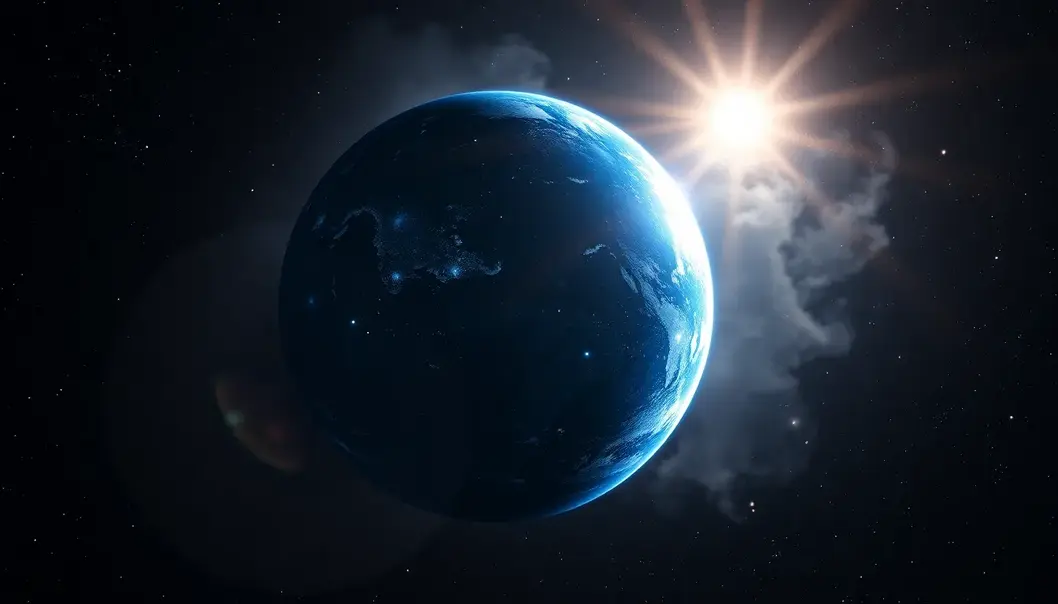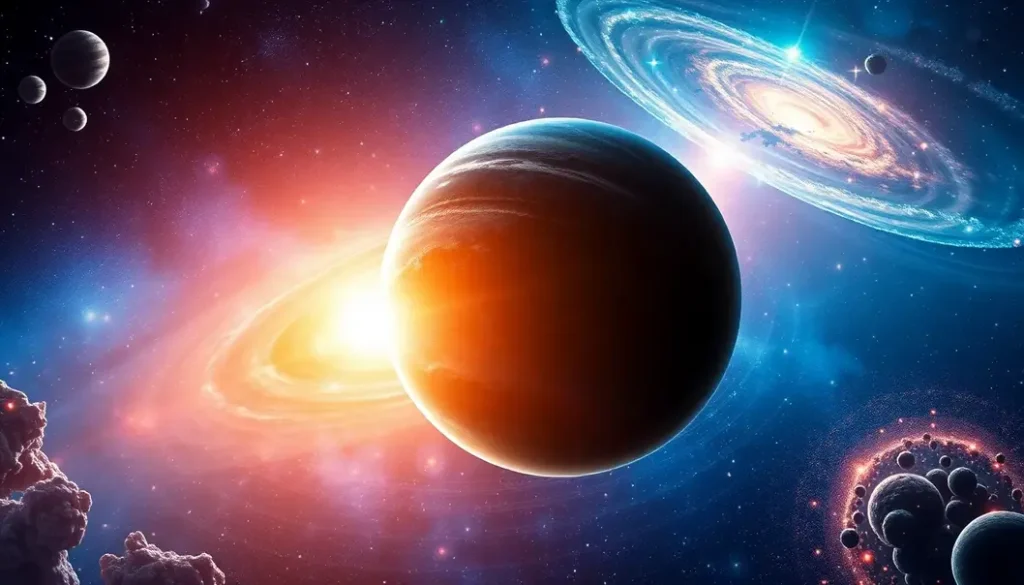Space is the final frontier, filled with wonders and mysteries just waiting to be uncovered! With each passing day, astronomers and scientists make jaw-dropping discoveries that push the boundaries of what we thought was possible. From planets that gleam with diamond-like surfaces to cosmic phenomena that boggle the mind, the universe continues to inspire and thrill us. Get ready to be amazed by some of the coolest recent discoveries in space, where the unknown turns into the unforgettable. So grab your telescope and space snacks, because we’re about to embark on an interstellar journey like no other!
Shiny New Planets: Jewelry from the Sky

In the fascinating hunt for exoplanets, astronomers have recently unveiled celestial treasures that glisten with jewel-like brilliance. These captivating worlds, orbiting distant stars, showcase remarkable attributes mirroring the spectral hues found in gemstone collections. Among these, carbon-rich exoplanets, potentially glittering with diamonds, catch the eye of both scientists and dreamers. But what composes these resplendent new finds, and how have they been discovered?
The discovery process of exoplanets relies on innovative methods such as the transit method. When a planet transits, or passes in front of its star, it causes a slight dimming of the star’s light. This subtle change, detectable by precision instruments, reveals key characteristics of the orbiting celestial body, including its size and atmospheric composition. Through this lens, planets with extraordinary mineral compositions are brought to light.
One standout among these discoveries is a class of planets that form around carbon-rich stars. These exoplanets are speculated to possess high quantities of carbon compounds, setting the stage for diamond formation under intense heat and pressure. Carbon planets may have surfaces adorned with vast expanses of diamond, though confirming this theory remains a challenging task. Astronomers employ spectroscopy—analyzing the light spectrum emitted or absorbed by planets—to unveil the presence of specific elements, bringing us one step closer to verifying these glistening hypotheses.
Adding to the wonder are planets exhibiting vibrant sapphire hues. The chemical makeup of these worlds, rich in aluminum oxide, suggests parallels to sapphires and rubies found on Earth, albeit without confirmation of identical formations. Spectroscopic data provide insights into their atmospheres, making such scientific sleuthing akin to gemology on a planetary scale.
Moreover, some planets glisten due to atmospheric conditions rather than surface compositions. High-altitude clouds or hazes potentially containing crystalline gas or reflective particles create shimmering appearances in telescope views. These clouds, rich in contrasting chemical substances, might consist of silicate particles or metallic droplets that mimic the brilliance of polished jewels.
These celestial phenomena not only expand our comprehension of planet formation but also challenge our understanding of planetary diversity. The diversity among exoplanets inspires questions about life beyond Earth, especially on worlds vastly different from anything encountered in our solar system.
As technology advances, so too does the potential for uncovering more “jewelry from the sky,” each discovery offering a dazzling glimpse into the universe’s rich tapestry, teasing us with its secrets and splendor.
The Cosmic Dance of Gravitational Waves

In the vast expanse of space, invisible ripples race across the fabric of the cosmos, carrying with them echoes of cataclysmic events. These ripples, known as gravitational waves, have opened a new chapter in our understanding of the universe. Predicted over a century ago by Albert Einstein’s general theory of relativity, gravitational waves eluded detection until recently. The first confirmed observation occurred in 2015, a landmark discovery by the LIGO (Laser Interferometer Gravitational-Wave Observatory) collaboration. The detection of these enigmatic waves was not just a technical achievement but a gateway to witnessing the universe’s most extreme events.
Gravitational waves are produced by the acceleration of massive objects, much like how a pebble creates ripples when dropped in a pond. The most powerful waves stem from the most violent cosmic dances, such as when two black holes collide and merge. These collisions release energy in the form of gravitational waves, which travel billions of light-years, barely diminished by the time they reach Earth. Their detection has allowed scientists to confirm the existence of binary black hole systems and even capture details about the masses and spins of these invisible titans.
The implications of observing gravitational waves extend far beyond the confirmation of Einstein’s equations. They provide an unprecedented way to explore regions of space that are otherwise obscured, like the interiors of merging neutron stars, which emit electromagnetic signals ruled by physics beyond our current understanding. Gravitational wave astronomy also enhances our ability to map the distribution of matter throughout the universe, thus helping to probe the elusive dark matter and dark energy.
As we continue to refine our detectors and expand our observational networks, the future of gravitational wave astronomy promises even more discoveries. Perhaps we will soon record waves from the moment shortly after the Big Bang, or gain insights into the space-time fabric’s quantum characteristics. Each gravitational wave detected enriches our cosmic lexicon, offering insights previously relegated to theoretical speculation. Through these ripples, we listen to the universe’s secrets, unveiling mysteries that redefine humanity’s place among the stars.
The detection and study of gravitational waves illustrate the immense potential of collaborative science. Just as LIGO led the way, international cooperation ensures that as new technologies and theories develop, they will shed light on the origin, evolution, and fate of the cosmos. In unraveling the complex cosmic dance of gravitational waves, we take one step further in our quest for knowledge, propelled by the rhythms of the universe.
Final words
Space continues to be a treasure trove of amazing discoveries, expanding our understanding of the universe and sparking the imagination of future explorers. From glittering exoplanets that shimmer like jewels to the mysterious dance of gravitational waves, each discovery brings us closer to unveiling the cosmic secrets that await. Keep your eyes on the stars, for who knows what incredible wonders the next discovery will reveal to us all!
Embark on your own cosmic adventure and explore these fascinating space discoveries today!
Learn more: https://www.spaceadventures.com/discover
About us
Space Adventures offers the ultimate journey into the cosmos, providing unforgettable experiences to explore the magnificent wonders of outer space.

